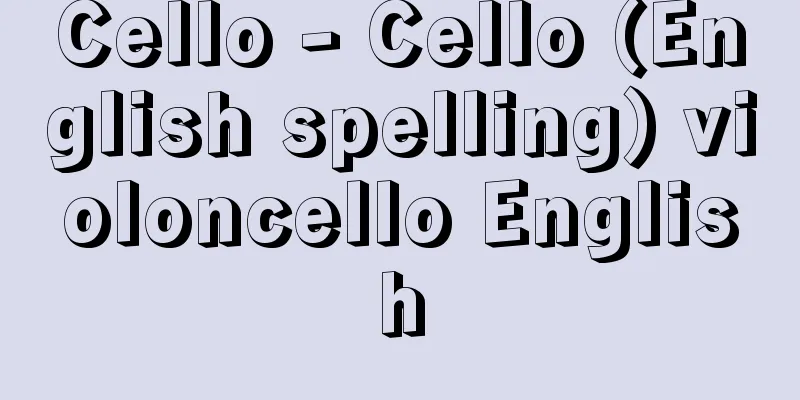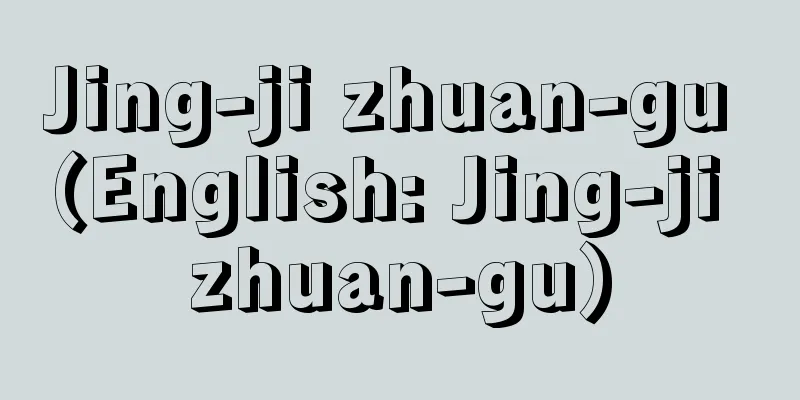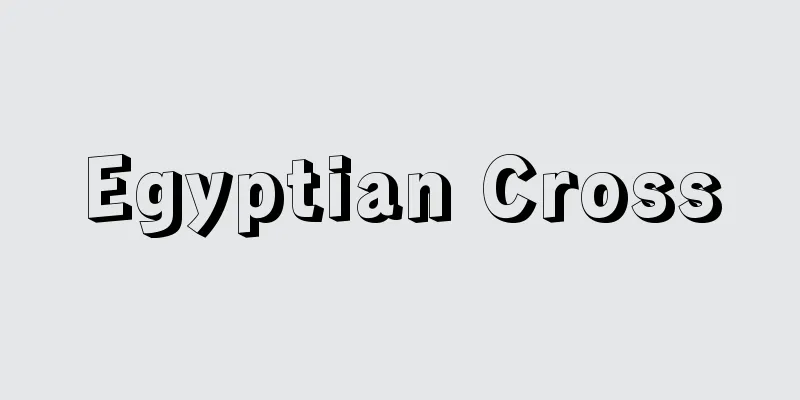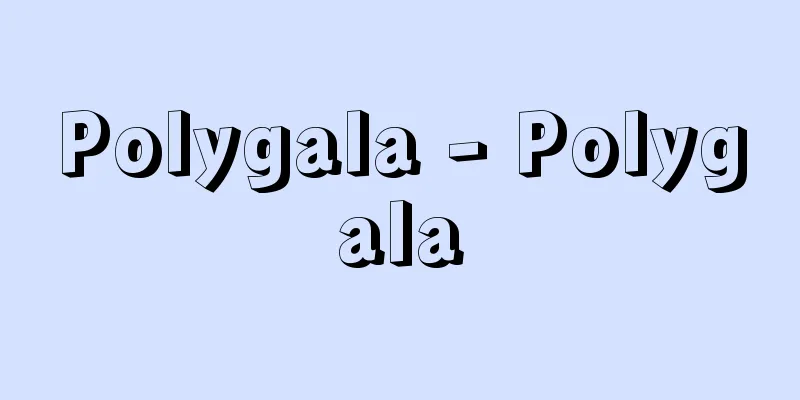Eraser - Eraser
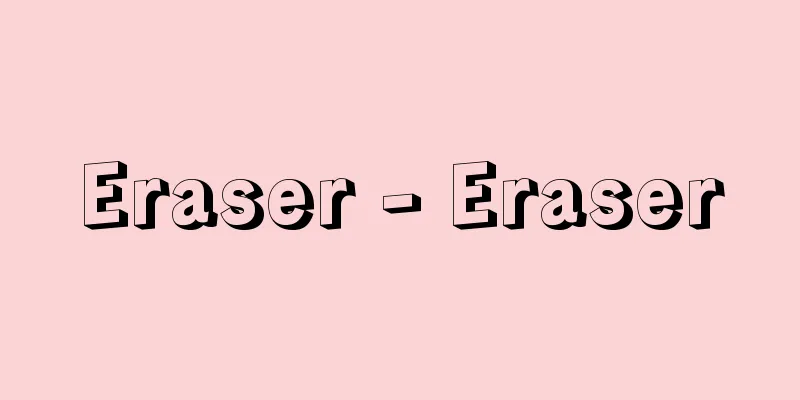
|
A writing eraser is a tool used to erase writing with a pencil or other writing tool. In the past, they were all made from rubber, hence they are called "erasers" or "rubber erasers", but nowadays, plastic erasers made from polyvinyl chloride resin are the mainstream for pencil erasers. There are different types according to their use: (1) for pencils (there are regular and high-quality types depending on the quality, and some are scented with fragrances), (2) for ink (used to erase ballpoint pen ink and printing ink), (3) for both (types with half for pencil and half for ink joined together), and (4) for typewriters. Other types include retractable types and pencil-shaped types (wooden barrel and paper roll type). Since British chemist Breestley proposed the erasing properties of rubber in 1772, they began to be used throughout Europe, including France. In Japan, rubber erasers were first made in 1886 (Meiji 19) by Tsuchiya Rubber Manufacturing in Honjo, Tokyo, but until the early Taisho period, Japan mainly relied on high-quality imported products. By the early Showa period, quality had improved, and today plastic erasers are exported to Europe and the United States. A patent application was filed for plastic erasers in 1952 (Showa 27), but they did not become widespread until after 1965, when quality had improved. [Matsuo Nozawa] Source: Shogakukan Encyclopedia Nipponica About Encyclopedia Nipponica Information | Legend |
|
字消しのことで、鉛筆などで書いたものを消す用具。かつてはすべてゴムを原料としていたところから「消しゴム」「ゴム消し」などとよばれているが、現在鉛筆用消しゴムでは、塩化ビニル樹脂を原料としてつくられたプラスチック消しゴムが主流となっている。種類は、用途別に(1)鉛筆用(品質により普通品と高級品とがあり、香料を入れた香り付きのものもある)、(2)インキ用(ボールペンインキや印刷インキなどを消すのに用いる)、(3)両用(鉛筆用とインキ用が半分ずつ接合しているタイプ)、(4)タイプライター用があり、そのほか形態では、繰り出し式のものや鉛筆型(木軸と紙巻きタイプ)などがある。 イギリスの化学者ブリーストリーが1772年にゴムの消字性を提唱して以来、フランスをはじめヨーロッパ全土で使用され始めた。日本では1886年(明治19)に、東京・本所の土谷(つちや)ゴム製造でつくられたのが最初だが、大正初期まではおもに品質のよい外来品に依存していた。昭和初期には品質も向上し、現在では欧米に輸出するまでになっている。なお、プラスチック消しゴムは1952年(昭和27)に特許出願されたが、普及したのは品質の改良が進んだ65年以降のことである。 [野沢松男] 出典 小学館 日本大百科全書(ニッポニカ)日本大百科全書(ニッポニカ)について 情報 | 凡例 |
<<: Cage rearing - Cage rearing
>>: Gejigeji fern - Gejigeji fern
Recommend
Zosterophyllum
It is one of the oldest land plants, probably belo...
Yellow-spotted lugworm - Yellow-spotted lugworm
A marine animal belonging to the family Serpulida...
Nagoya Castle
A castle from the Sengoku to Edo periods. Located...
Abukuma Highlands
A plateau-like mountain range that stretches from...
Residence - Iyashiki
〘 noun 〙 A townhouse, a residence where the master...
Prefectural shrine - Fukensha
One of the ranks of shrines established by the ne...
Theories on the origins of various diseases
A Chinese medical book. Compiled in 610 by Suo Yu...
"Kii Fudoki" - Kiishoku Fudoki
...A geography book of Kii Province compiled by t...
A letter of intent
〘noun〙① A type of legal document from the Edo peri...
Radloff, FW (English spelling) RadloffFW
…Russian orientalist, Turkologist, and ethnologis...
Akamayama
...Population 725 (1995). The island is mountaino...
Ready to wear
…In addition to these, there are eight groups of ...
Renanthera
...In Japan, it often blooms from winter to early...
Dynasty stories
A type of script for Bunraku puppet theatre and Ka...
Ikegami-Sone ruins
The remains of a Yayoi period settlement are found...

